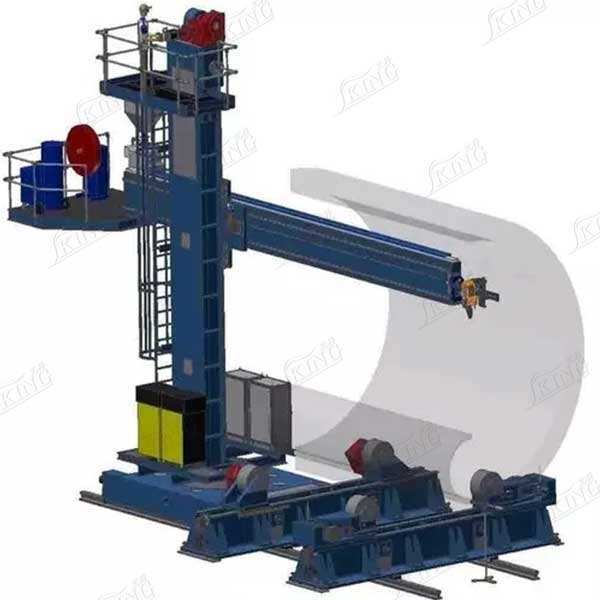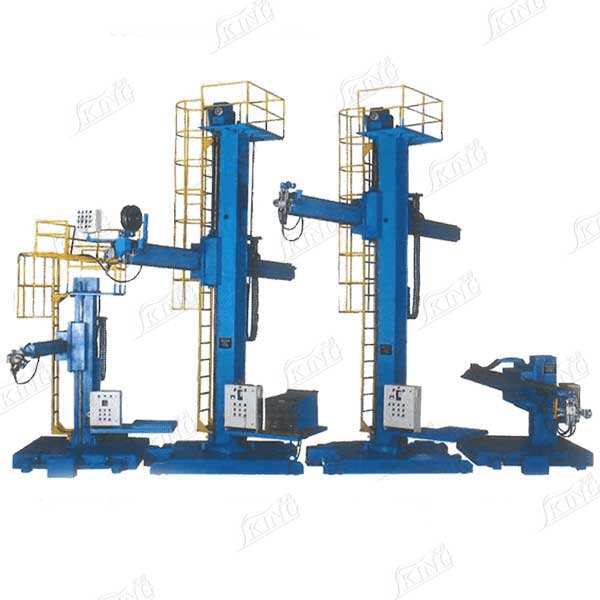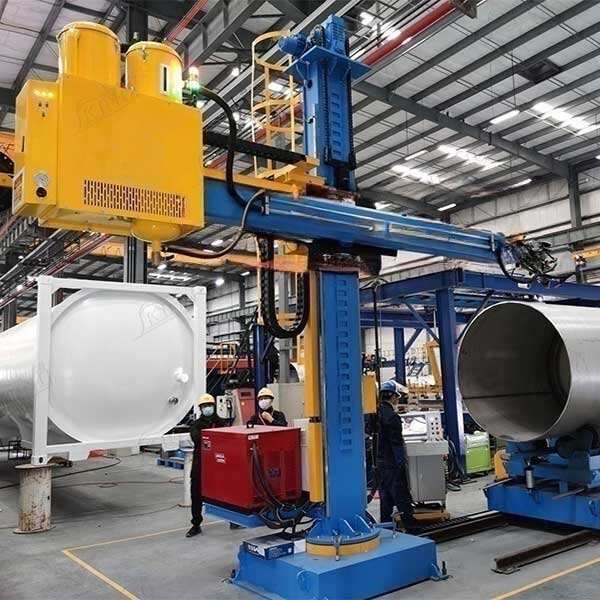turning column welder
A turning column welder represents a sophisticated advancement in welding technology, designed to enhance precision and efficiency in industrial welding operations. This innovative system features a rotating column mechanism that enables seamless 360-degree access to workpieces, making it ideal for complex welding projects. The machine incorporates advanced positioning capabilities through its mechanized column movement, allowing operators to achieve optimal welding angles without manual repositioning. The system typically includes programmable controls for automated operation sequences, ensuring consistent weld quality across multiple production cycles. Its robust construction supports heavy-duty applications while maintaining precise movement control, essential for achieving high-quality welds in industrial manufacturing. The turning column design significantly reduces operator fatigue by eliminating the need for awkward positioning and repeated manual adjustments. Modern turning column welders often integrate digital interfaces for parameter control, weld monitoring, and quality assurance documentation. These systems can accommodate various welding processes, including MIG, TIG, and submerged arc welding, making them versatile additions to manufacturing facilities. The equipment's design prioritizes both functionality and safety, incorporating features such as emergency stops, overload protection, and precise movement controls.


